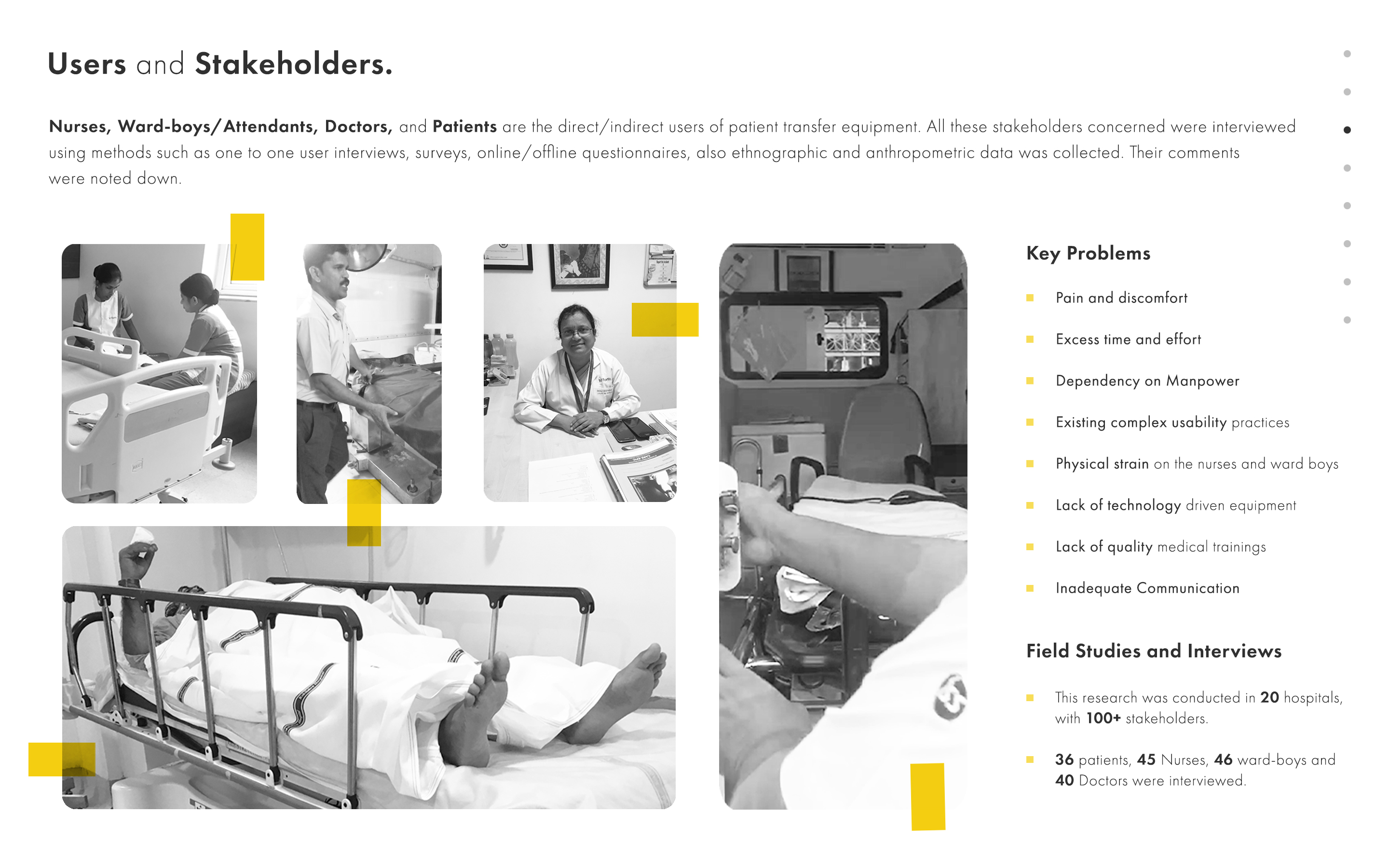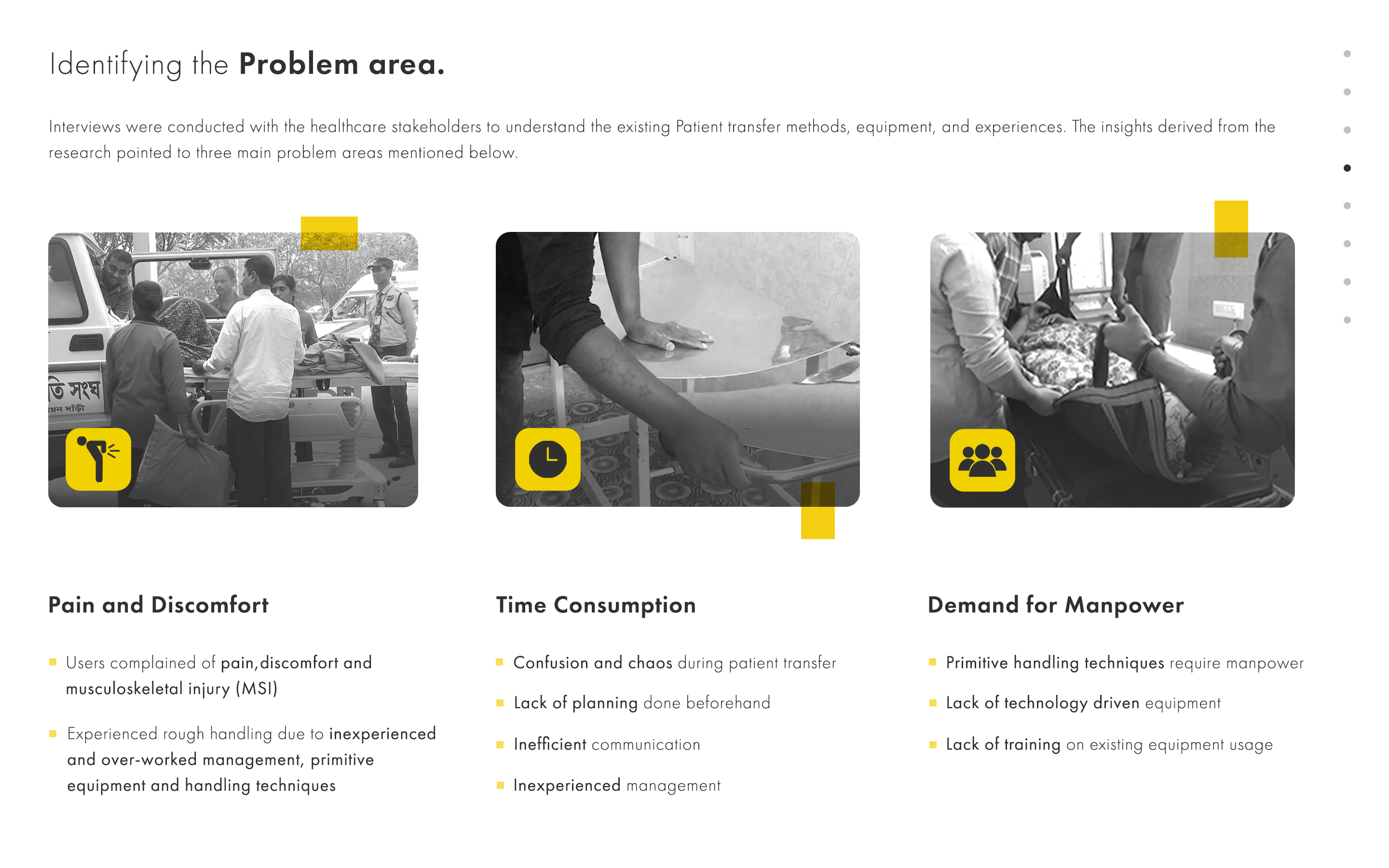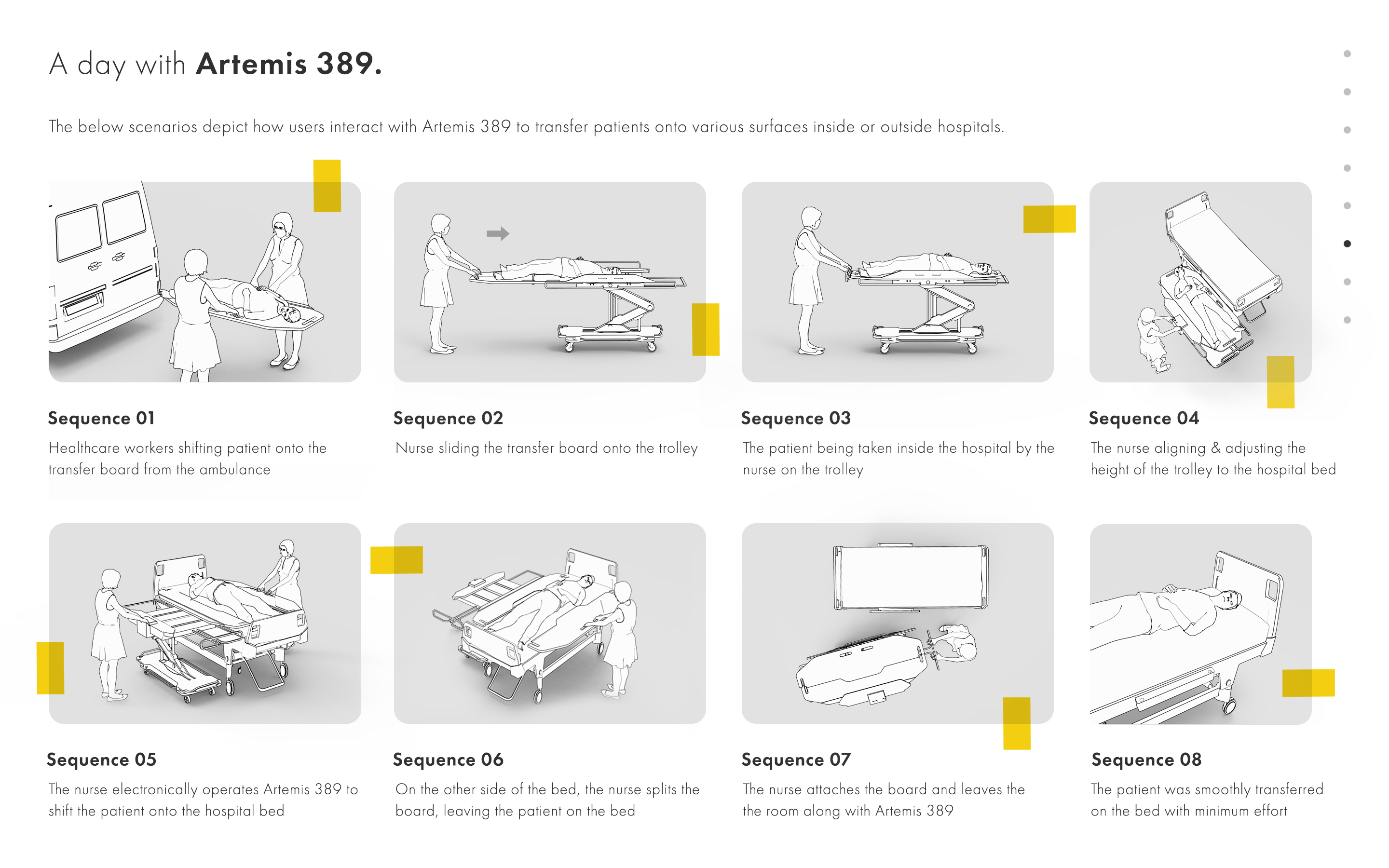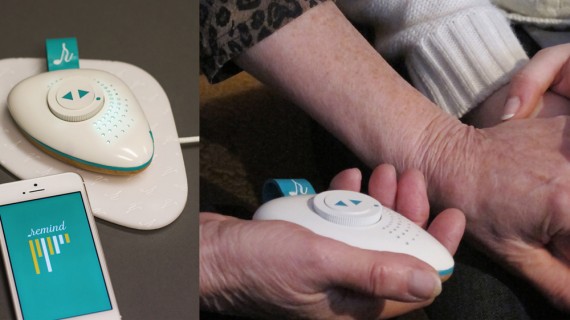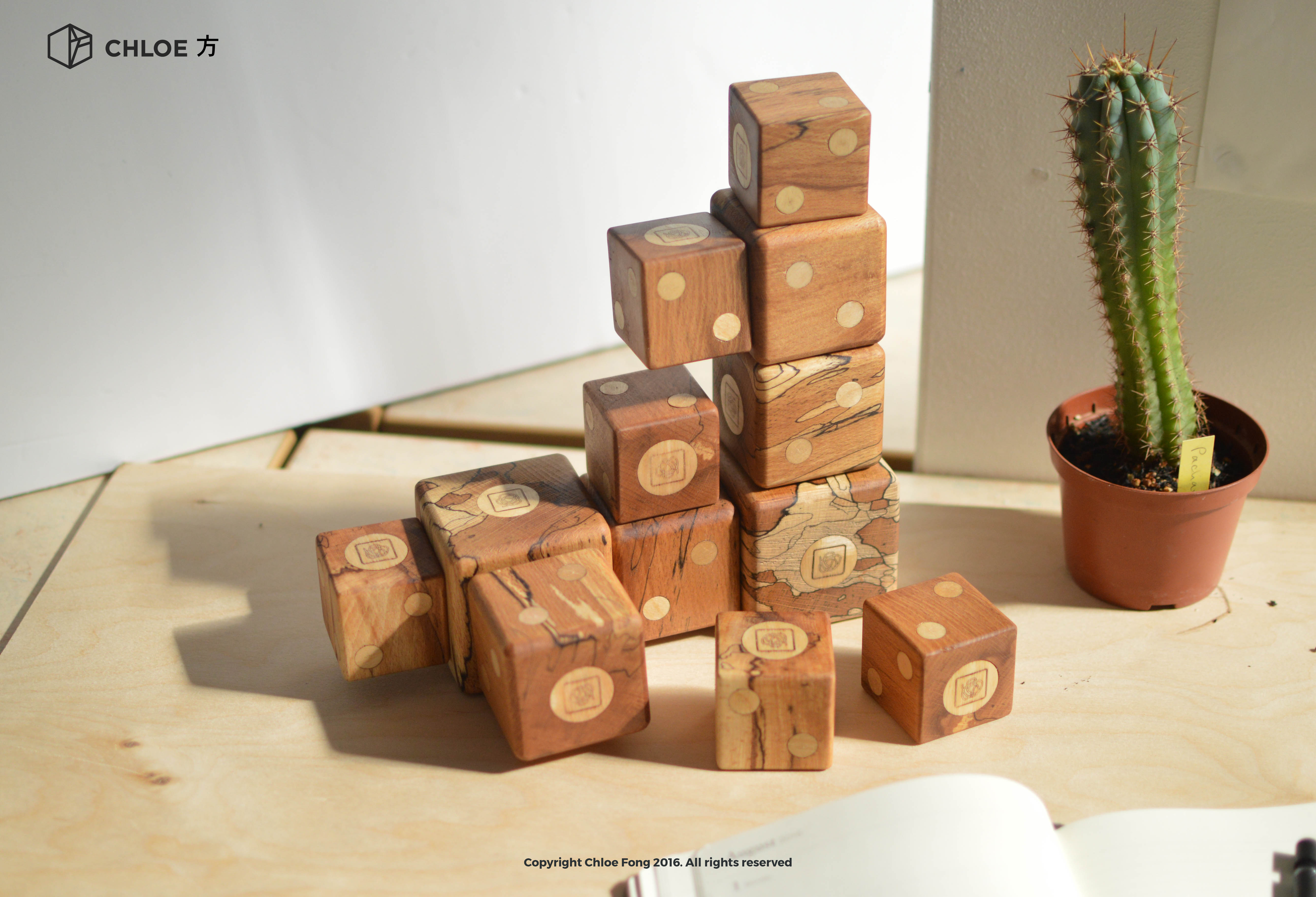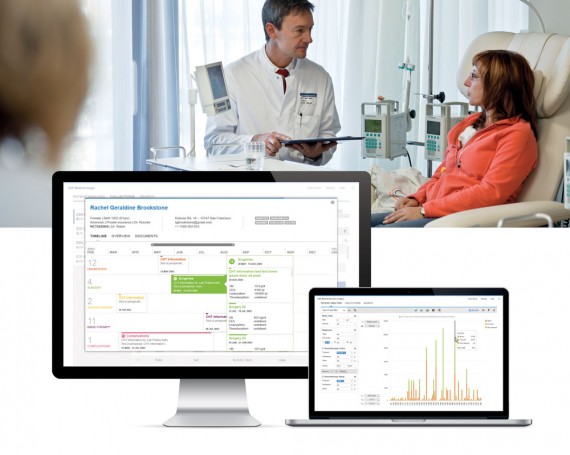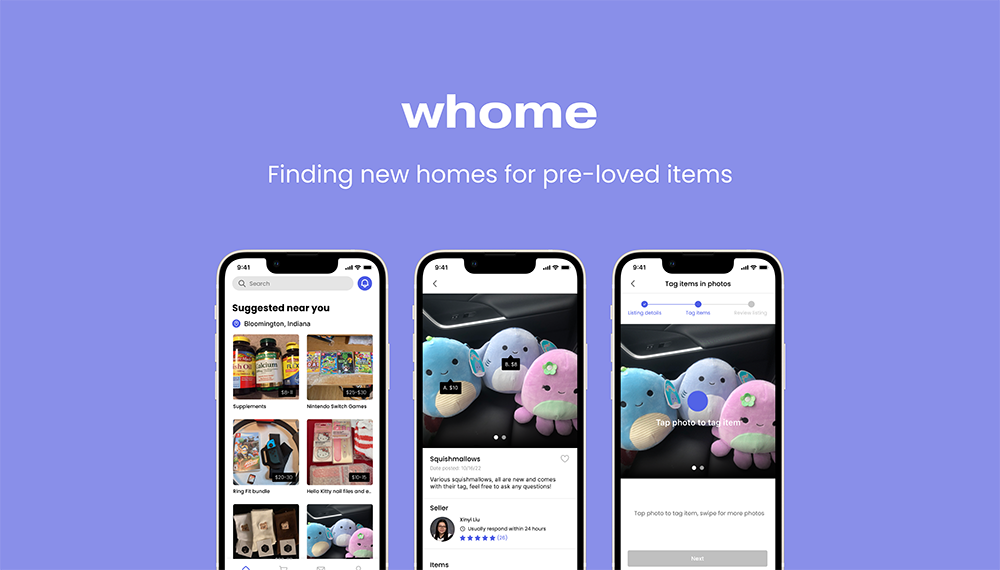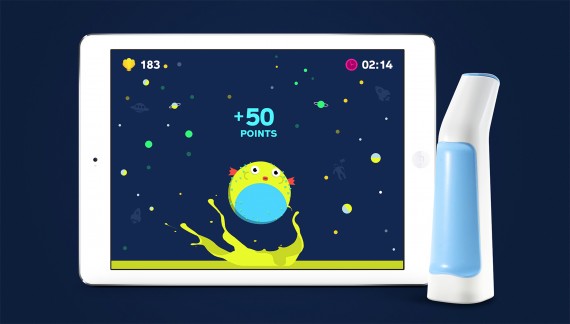Artemis 389 - Patient Transfer Equipment
Team
Company | Institution
Category
Type
Project description
The Healthcare sector has witnessed an exponential growth in infrastructure and technology all around the world but at the same time, India being a developing country faces its share of hurdles. The Healthcare sector in India lacks emphasis on patient and Healthcare worker experience. There is a need to design an effective and efficient solution that caters to the needs of the Healthcare stakeholders (patients & healthcare workers). Artemis 389 is designed to provide an effortless and pain-free experience to the healthcare stakeholders involved in the activity of patient transfers.
The Healthcare sector has witnessed an exponential growth in infrastructure and technology all around the world but at the same time, India being a developing country faces its share of hurdles. The Healthcare sector in India lacks emphasis on patient and Healthcare worker experience. There is a need to design an effective and efficient solution that caters to the needs of the Healthcare stakeholders (patients & healthcare workers). Artemis 389 is designed to provide an effortless and pain-free experience to the healthcare stakeholders involved in the activity of patient transfers. It aims to use technology (Arduino) to enhance comfort and safety, make transfers simpler, smoother, less straining, and less time consuming for the stakeholders during transfers. It is designed to revolutionize how users interact with transfer equipment. This research was conducted in 20 hospitals, with 100+ stakeholders. Field research, direct user interviews, surveys, online questionnaires, and collecting ethnographic and anthropometric data played a vital role in my understanding of the identified problem area. The Insights made and the various Ideation methods used helped in finalizing the design of Artemis 389. A 3D model was designed for better visualization which was later used for laser cutting. A low-fidelity & high-fidelity model was developed using MDF. The working 1:2 prototype integrated with Arduino was tested by transferring mannequins onto other surfaces. This helped in testing the functionality, technicality, intuitiveness, and ethnography. The prototype was reviewed by healthcare stakeholders after which several iterations were made to the final design like making the lead-screw mechanism smoother & soundproof also using powerful linear actuators to provide stability to the equipment during transfers. Artemis 389 identifies the gap in the Healthcare sector of India and caters to the needs of patients and healthcare workers. It is an amalgamation of human and interactive technologies. It reduces pain and discomfort for the patients and also minimizes physical strain or musculoskeletal injuries of the Healthcare workers resulting in an increase in their satisfaction and productivity. It is designed to replace the existing use of primitive patient handling techniques/equipment by which the entire healthcare sector will witness a disruptive development in patient logistics inside and outside hospitals. Artemis 389 is integrated with the Arduino micro-controller which directs internal mechanisms such as the linear actuators, Lead-screw mechanism, Snap-fit mechanism, and Slide & Lock mechanism. Few features of the equipment are – linear actuators provide accurate control positioning, the transfer board is ergonomically curved ensuring patient stability and comfort, Arduino technology reduces manpower and allows the healthcare workers to maneuver the equipment easily without physically straining themselves and the lead-screw mechanism enables smooth horizontal movement and reduces jerks or sudden vibrations which can cause mishaps during transfers resulting in long-lasting effects on the patients’ health. These features enable a smooth and comfortable patient and health worker experience. It plays a vital role in minimizing accidents caused by over-worked, physically strained, or inexperienced Healthcare workers. The equipment is technology-driven and it aims at improving user interaction and experience for the end-users.
The Healthcare sector has witnessed an exponential growth in infrastructure and technology all around the world but at the same time, India being a developing country faces its share of hurdles. The Healthcare sector in India lacks emphasis on patient and Healthcare worker experience. There is a need to design an effective and efficient solution that caters to the needs of the Healthcare stakeholders (patients & healthcare workers). Artemis 389 is designed to provide an effortless and pain-free experience to the healthcare stakeholders involved in the activity of patient transfers. It aims to use technology (Arduino) to enhance comfort and safety, make transfers simpler, smoother, less straining, and less time consuming for the stakeholders during transfers. It is designed to revolutionize how users interact with transfer equipment. This research was conducted in 20 hospitals, with 100+ stakeholders. Field research, direct user interviews, surveys, online questionnaires, and collecting ethnographic and anthropometric data played a vital role in my understanding of the identified problem area. The Insights made and the various Ideation methods used helped in finalizing the design of Artemis 389. A 3D model was designed for better visualization which was later used for laser cutting. A low-fidelity & high-fidelity model was developed using MDF. The working 1:2 prototype integrated with Arduino was tested by transferring mannequins onto other surfaces. This helped in testing the functionality, technicality, intuitiveness, and ethnography. The prototype was reviewed by healthcare stakeholders after which several iterations were made to the final design like making the lead-screw mechanism smoother & soundproof also using powerful linear actuators to provide stability to the equipment during transfers. Artemis 389 identifies the gap in the Healthcare sector of India and caters to the needs of patients and healthcare workers. It is an amalgamation of human and interactive technologies. It reduces pain and discomfort for the patients and also minimizes physical strain or musculoskeletal injuries of the Healthcare workers resulting in an increase in their satisfaction and productivity. It is designed to replace the existing use of primitive patient handling techniques/equipment by which the entire healthcare sector will witness a disruptive development in patient logistics inside and outside hospitals. Artemis 389 is integrated with the Arduino micro-controller which directs internal mechanisms such as the linear actuators, Lead-screw mechanism, Snap-fit mechanism, and Slide & Lock mechanism. Few features of the equipment are – linear actuators provide accurate control positioning, the transfer board is ergonomically curved ensuring patient stability and comfort, Arduino technology reduces manpower and allows the healthcare workers to maneuver the equipment easily without physically straining themselves and the lead-screw mechanism enables smooth horizontal movement and reduces jerks or sudden vibrations which can cause mishaps during transfers resulting in long-lasting effects on the patients’ health. These features enable a smooth and comfortable patient and health worker experience. It plays a vital role in minimizing accidents caused by over-worked, physically strained, or inexperienced Healthcare workers. The equipment is technology-driven and it aims at improving user interaction and experience for the end-users.


